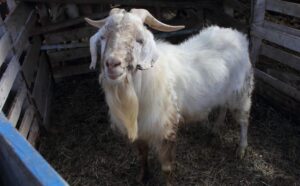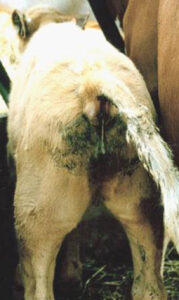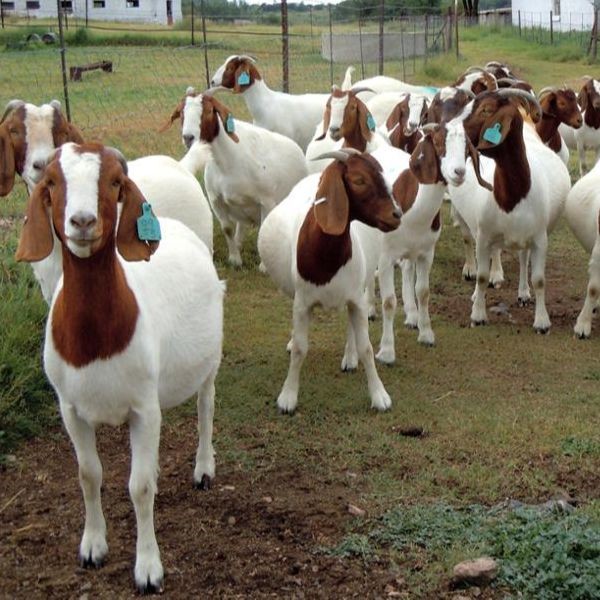
Diagnosing Coccidiosis in Goats
Coccidiosis is a disease of lambs and kids, caused by a type of protozoon, which is a single-celled organism. This disease happens when there are dirty conditions in the animal pens, sleeping areas and kraals.
Young animals get this disease very easily and get infected from the manure. Older animals that are immune to the disease (and show no signs) act as carriers that shed the parasites in the dung.
Signs of Coccidiosis to observe
- Watery diarrhoea
- Dehydration
- Loss of appetite
- Loss of condition
Coccidiosis in the dead animal: There may be spots on the surface of the intestines. When the intestines are cut open, they have a bumpy appearance.
Treatment
Separate all sick animals. Treat all sick animals with a remedy for coccidiosis. Mix ½ teaspoon of salt and 6 teaspoons of sugar in 1 litre of clean warm water. Give the dehydrated kid ¼ to ½ litre of the solution 4 times a day for 3 days.
Remember; Coccidiosis is caused by a group of single cell protozoa species that are found in the environment. Some of these are non-infective, some moderately infective, and others are highly infective. Coccidia strains are species specific with some limited crossover between sheep and goats.
Coccidia are always present in the herd or flock and most adult animals carry coccidian but are immune to the clinical disease. This immunity occurs more in sheep than in goats and is developed by lambs about four weeks after exposure.

The life cycle of coccidia is quite complicated, has many stages of development and is 21 days in length. There is a gap between diarrhoea symptoms and egg excretion so fecal egg counts are not always a good indicator of infection. Shedding of eggs only occurs at the end of the infection period after the damage has been done to the intestinal tract of the animal.
Goat and sheep farmers should not have to treat for coccidiosis if a prevention program is followed. Treating symptomatic animals is a poor approach and labour intensive because if you see clinical cases, there has already been subclinical losses and damage.
Prevention
Cleanliness is the first course of action to take in the prevention of coccidiosis as oocytes are spread in faeces. A clean barn is essential especially before lambing or kidding. Keep pens dry by using adequate bedding, prevent contamination of feed and water and do not feed animals on the ground. Feeding a coccidiostat as a preventative before known times of susceptibility is also encouraged. The local veterinarian, animal health advisor or most co-operative animal feed and health specialists may advise on the proper products available.
For prevention in young lambs, treat the dams with a coccidiostat for at least 21 days prior to birth and continue to provide in kid or lamb feed for 60 to 90 days for additional protection. For prevention in growing animals entering the feedlot, feed a coccidiostat for 30 days after the animals go into the feedlot. It is generally recommended to feed according to label instructions and working with your veterinarian as some of these drugs are not labelled for both sheep and goats and may require off label use.
In Conclusion
Coccidiosis is preventable in sheep and goats. Knowing the facts of how it is transmitted, and its lifecycle will help producers maintain the health of their animals.
Source: ARC: Goatkeepers’ Animal Health Care Manual and MSU

